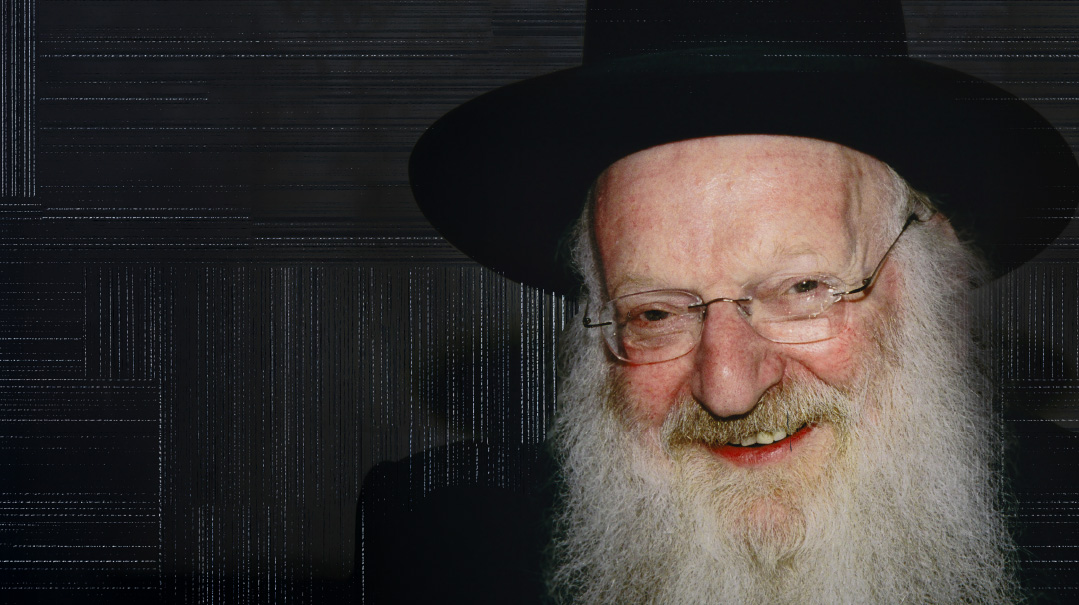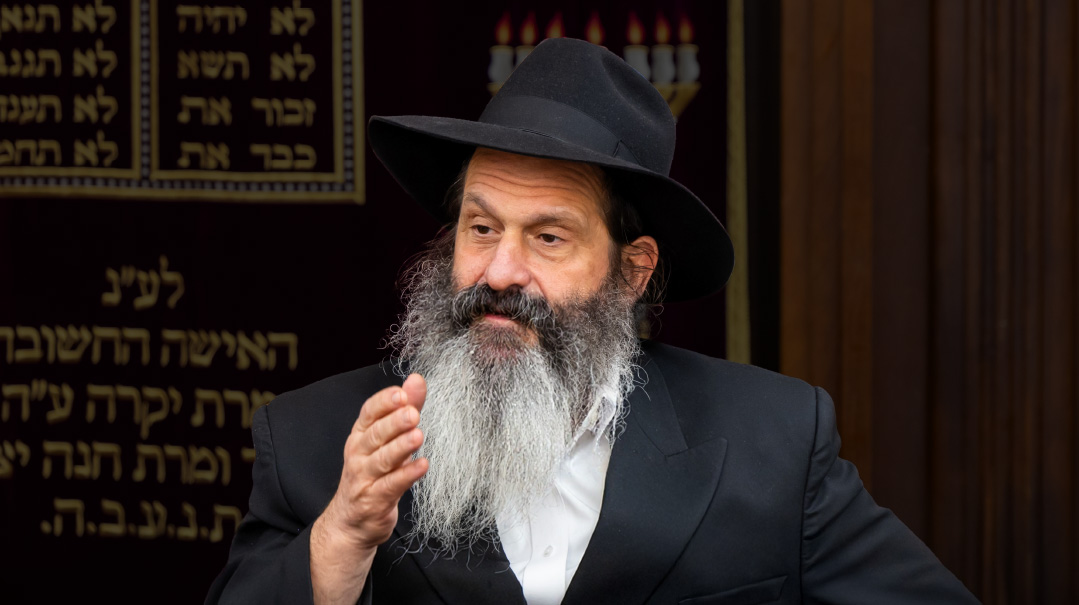Tunnel Vision
| April 8, 2025Fifty years after the Americans pulled out of Vietnam, this battle-scarred country has become the new Singapore of the region

Travel and Photos: Meir Alfasi
Prepared for print by Eliyahu Ackerman
Fifty years after the Americans pulled out of Vietnam, and Saigon fell to the Communist regime, this battle-scarred country has become the new Singapore of the region. Today, the underground guerilla tunnel network that stymied US troops is relegated to a tourist attraction in a country that’s traded Communist ideology for a thriving economy, but its intricate pathways zigzagging across the land were surely an inspiration for Hamas
Underground Connections
R
elics of war and Communist victory slogans still fill the streets of Vietnam, but today, not too many people are paying attention.
In the futuristic-looking Vincom Center, capitalism is raging: It’s one of the largest shopping malls in the country, home to major international fashion brands, as advertisements for luxury items, as well as tempting culinary adventures, flash on huge screens. The scene probably wouldn’t have pleased Ho Chi Minh, the leader of the Communist revolution, for whom the city, formerly the South Vietnamese capital of Saigon, was renamed. But it wouldn’t have caused him to roll over in his grave either, because “Uncle Ho,” as he was known, actually has no grave. His embalmed body is kept in an ornate mausoleum, and serves mostly as a background prop for selfies by tourists who are busy infusing foreign currency into the country. It’s a rather ironic end for the man who waged a bloody, decade-long war against free market economics.
But the red flag hanging dutifully on its pole at the nearby entrance to the Cu Chi Tunnels — an immense network of tunnels in the Cu Chi district of Ho Chi Minh City, part of a much larger tunnel network that underlies much of the country that was used as the Viet Cong’s base of operations against American soldiers — reminds us that despite all the flashy consumerism, we’re visiting a country with a Communist government, one of the last few in the world. (Perhaps the other tourists in the group assume my red yarmulke is also a gesture to the ruling authority here.)
“The Cu Chi Tunnels are an engineering marvel of the Viet Cong, and made it possible for farmers in straw sandals to defeat America,” says Tan, our young, energetic tour guide, by way of his proud introduction.
I can’t resist asking about his personal opinion of America. Does he also want to defeat it?
Tan shrugs. After all, it’s been over 50 years since the war ended, ancient history for these young fellows more interested in earning and shopping than carrying some old international grudges. “I have uncles and other relatives who participated in the war, but these things happened a very long time ago and don’t really relate to us,” he admits.
I look around. The foliage is green and inviting, there are butterflies flying around and birds are chirping in the background. Nothing betrays the fact that beneath our feet is an entire world of guerilla warfare, a precursor and surefire inspiration to modern Hamas terror cells. Fighters lived here for months, where they stored massive weapons caches, where tunnels just 30 inches high forced even the short Vietnamese to crouch when walking, and where lethal bamboo traps would surely injure or kill the enemy “tunnel rats” if they breached the tunnels.
At the entrance to the tunnels, Tan demonstrates how the Viet Cong managed to disappear into the earth like magicians. A camouflaged piece of wood covered with leaves, identical to the ground cover, is removed, a small hole appears, and in a flash, it’s gone without a trace.
“Do you want to go in?” Tan offers.
I feel claustrophobic, but it’s awkward to refuse in front of all these European tourists who smile with feigned politeness, so I decide to try.
“The tunnels are really narrow,” Tan continues his explanation. “So the tall American soldiers couldn’t get inside. The Viet Cong, however, lived in this network for months at a time.”
I bend down and enter.
Those Viet Cong definitely had low comfort expectations. There is absolute darkness, the air is thick as pho (a type of Vietnamese stew), and you feel like a potential main course for any insect that has been dwelling here since the days of 18th-century emperor Gia Long. There’s a good reason the Americans who penetrated the tunnels used the term “Black Echo” to describe the conditions there.
“How did the Viet Cong guerillas manage to live here?” I ask.
“They weren’t spoiled,” Tan replies. “And they also didn’t have much of a choice.”
Oops! We could not locate your form.







